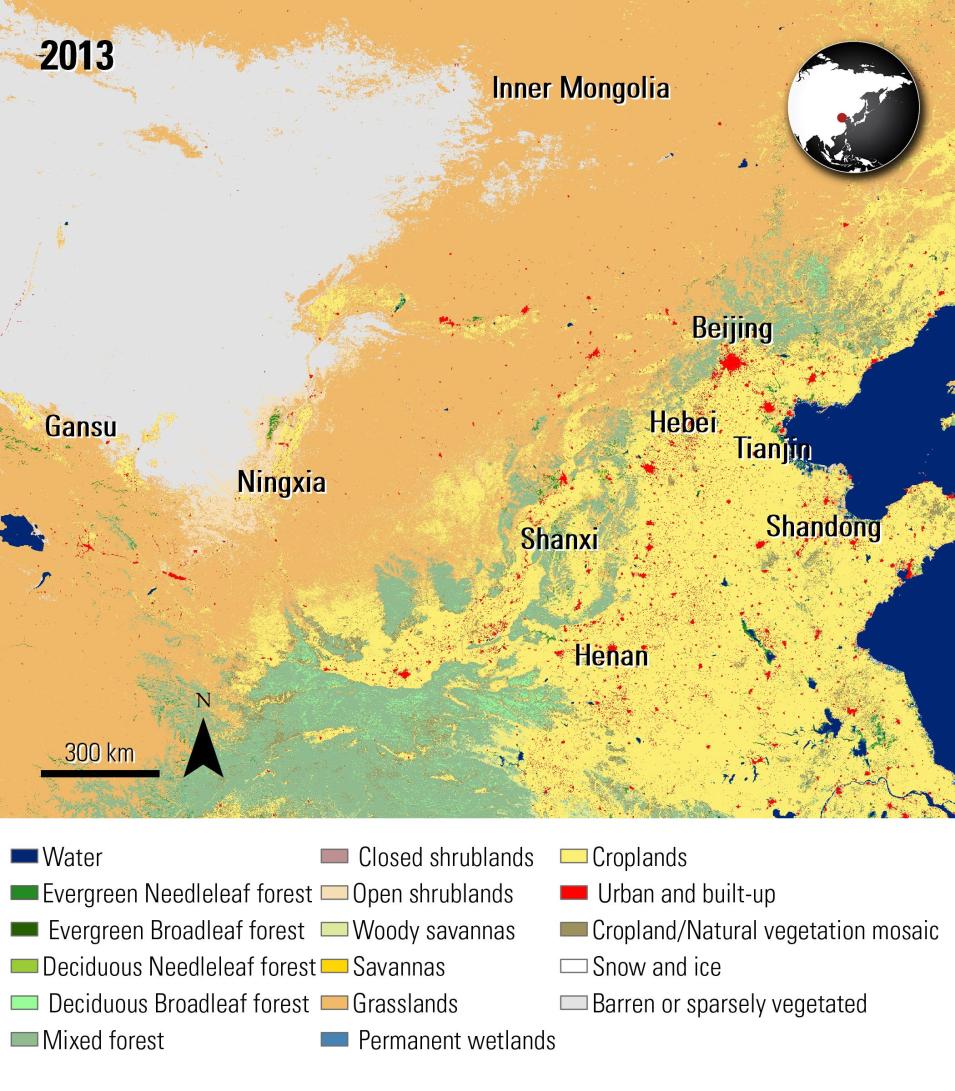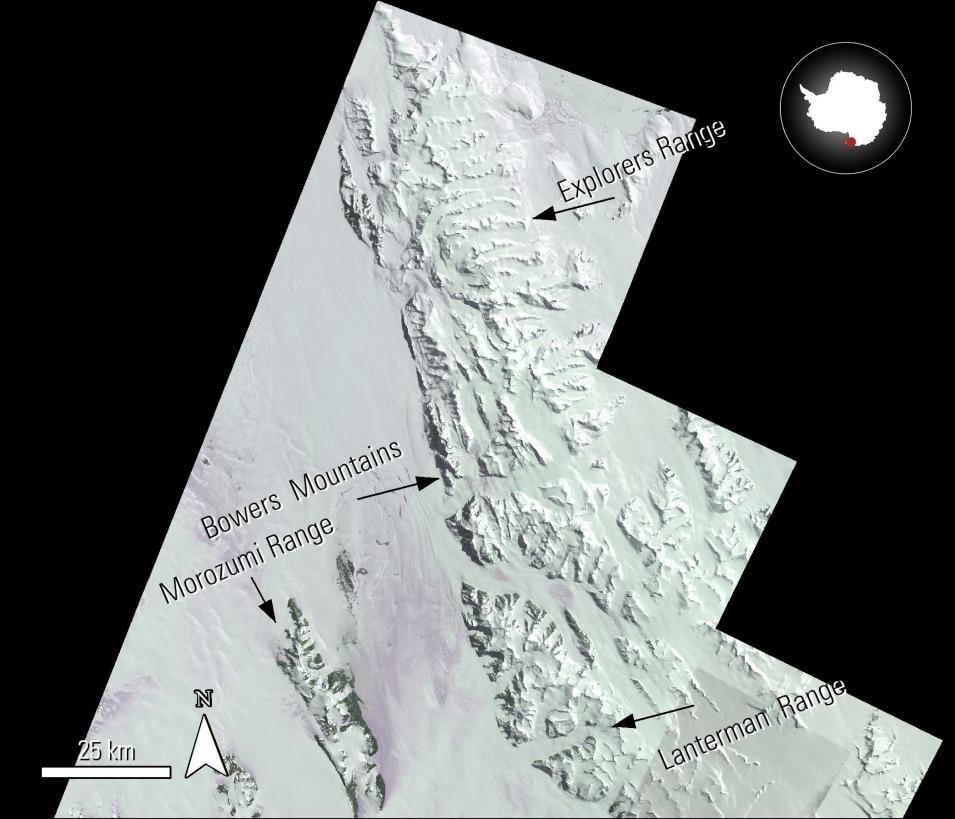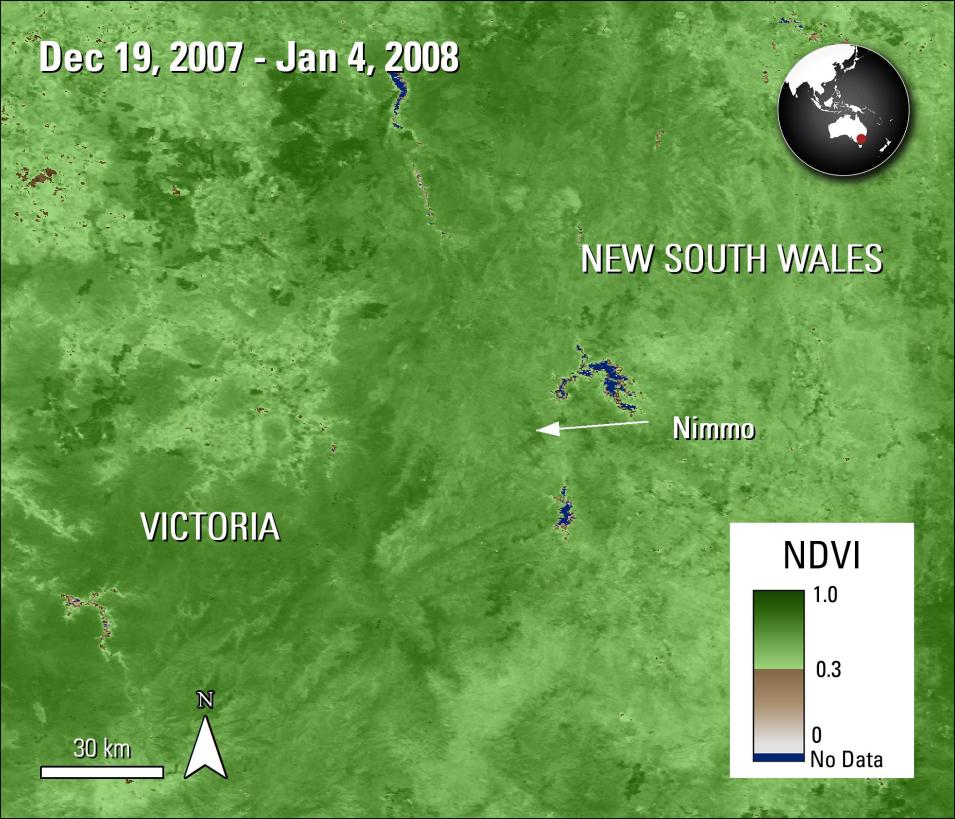Science Objectives
The authors aimed to investigate the long-term changes in the phenology and productivity of a montane grassland in Australia in relation to climate. They specifically sought to characterize the seasonal phenology patterns, determine the length of the growing season, and assess the correlation between growing season length and vegetation productivity. Additionally, they aimed to understand how temperature and rainfall influence different phenological stages.
Instruments and Techniques Used
The authors utilized the Normalized Difference Vegetation Index (NDVI) layer of the Terra Moderate Resolution Imaging Spectroradiometer (MODIS) Vegetation Indices data product (MOD13Q1) to characterize seasonal phenology patterns. They also used climate data from other sources. To record vegetation greenness at a near-surface level, they employed repeat digital photography (PhenoCam). The MODIS NDVI data were then compared to the greenness index derived from the PhenoCam imagery to assess agreement between the two methods.
Major Findings
The authors found that the mean growing season length in the study area was 244 days, longer than in the Northern Hemisphere, with peak NDVI in December. However, this longer growing season did not correlate with increased vegetation productivity. The green-up of the grassland started earlier over the study period, likely due to increased late winter temperatures. While senescence, peak NDVI date, and growing season length did not show significant long-term changes, they were impacted in different years by temperature and rainfall.
The MODIS NDVI data and PhenoCam imagery showed agreeing results, suggesting that satellite data can be used to extend PhenoCam records in the future. The study concluded that the productivity of this Australian mountain grassland is limited by temperature and dryness despite its long growing season.
References
Publication Reference
Marchin, R., McHugh, I., Simpson, R., Ingram, L., Balas, D., Evans, J., and Adams, M., 2018, Productivity of an Australian mountain grassland is limited by temperature and dryness despite long growing seasons: Agricultural and Forest Meteorology, v. 256–257, p. 116–124. doi:10.1016/j.agrformet.2018.02.030
Image Reference
- Granule IDs:
- MOD13Q1.A2007353.h29v12.006.2017285170244
- MOD13Q1.A2007353.h30v12.006.2017285170311
- DOI: 10.5067/MODIS/MOD13Q1.006


